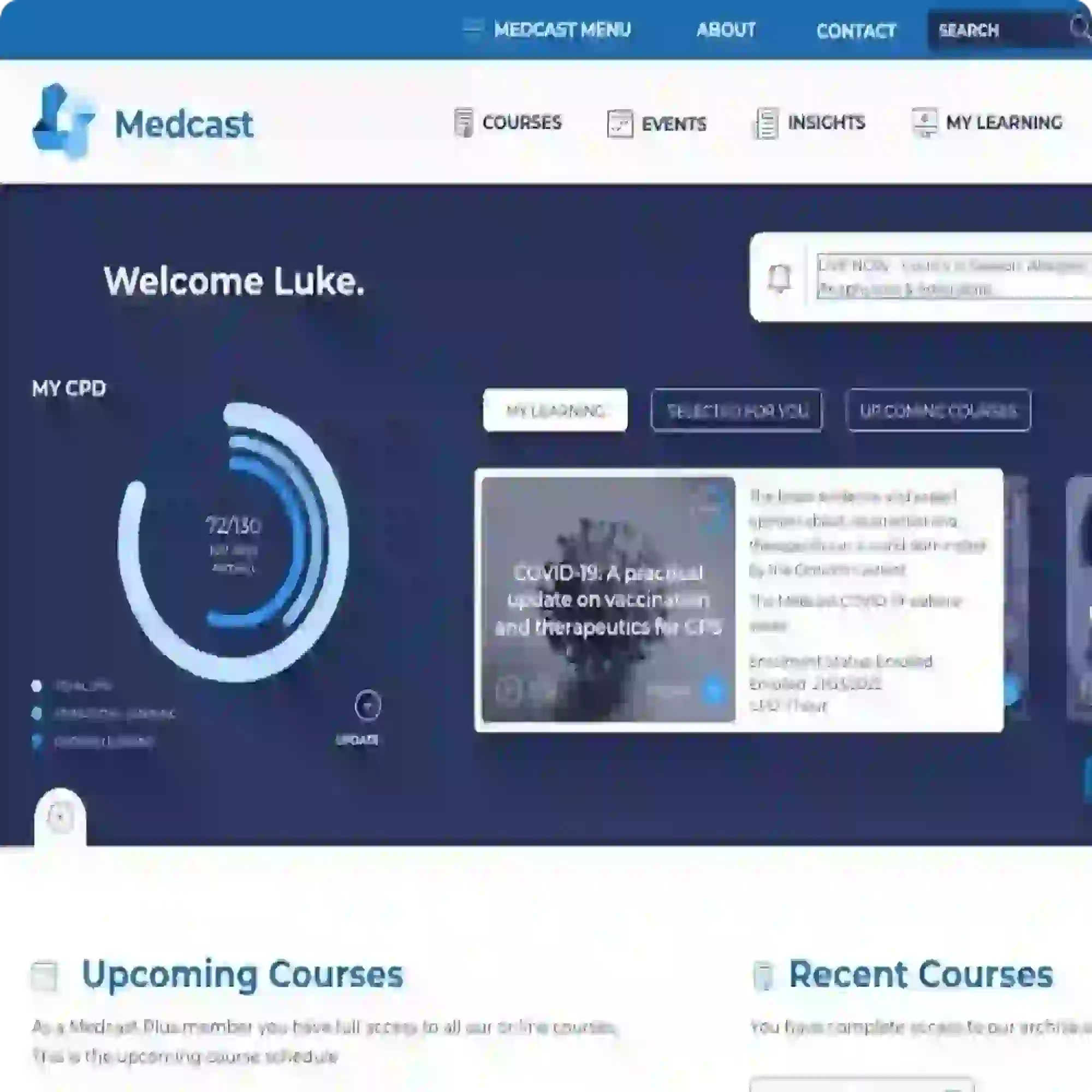Analgesia Options in the Day Surgery Environment
Selecting appropriate analgesia
Selecting appropriate analgesia is an important aspect of patient centred care in the day surgery and recovery room environment. Analgesic options are determined by the type of surgery, expected levels of pain, and the patient’s medical history. Anaesthetists and nurses work collaboratively to reduce pain, while minimising side effects from medications in order to provide patients with the best outcome.
Specific education regarding pain management including analgesia prior to discharge is essential to enable patients (and their carers) to understand and manage the options to achieve effective analgesia during their post-operative recovery when they are managing their own medications at home. Patients should also always be given advice on what actions to take if the pain increases, spreads, suddenly worsens, or is uncontrolled.
Analgesia choices for day surgery patients
Non-opioid analgesics
Paracetamol is highly effective with low side effects and should be routinely included in post-operative regimes. Paracetamol also enhances the effects of opioid medications. Non-steroidal anti-inflammatory drugs (NSAIDs) need to be carefully evaluated on an individual basis as their side effects can have a significant impact on patients with contraindications such as NSAID induced asthma, or ongoing bleeding issues. Paracetamol and NSAIDs can be combined for a synergistic effect.
Opioid analgesics
Used cautiously, opioids are an excellent option. The short half-life of fentanyl makes it a safe choice for intra-operative analgesia, whilst minimising respiratory depression side effects in the stage 1 and stage 2 recovery areas. Discharge prescriptions often include either panadeine forte or endone as these resolve the intense pain associated with the immediate post-operative period.
Local anaesthetic blocks
This strategy is often used with specific procedures, such as dental and ophthalmic surgeries. These can include lignocaine, bupivacaine and ropivacaine. It is important to be aware of the expected block time to enable appropriate analgesia to be administered prior to it wearing off.
Non-pharmacological methods
The use of ice packs or heat packs is a practical and low-cost making it a highly recommended strategy. It is routinely recommended in dental and orthopaedic procedures. Dependent upon the surgical site, TENS machines may also offer significant analgesic efficacy. Distraction by watching TV or reading a book is another effective method that is proven to help reduce pain levels and improve patient satisfaction.
Further research and learning
Related courses
References
https://www.nps.org.au/australian-prescriber/articles/postoperative-pain-management-2
https://www.nps.org.au/australian-prescriber/articles/perioperative-analgesia

Susan is the Head of Nursing Education for the Medcast Group.
DipAppScNsg, BN, CritCareCert, CoronaryCareCert, TraumaNsgCareCert, CertIV(TAE), MN(Ed), and GradCert(Ldrshp & Mgt).
Become a member and get unlimited access to 100s of hours of premium education.
Learn moreFollow James, a 7-year-old boy scheduled for a tonsillectomy and adenoidectomy, as we explore how the 4 P’s of child preparation – Prepare, Play, Parent, Praise – can be used in day surgery to reduce procedural anxiety, support family-centred care, and improve the overall patient experience
Caregiver concern is a powerful predictor of clinical deterioration in children, often surpassing abnormal vital signs. A recent Lancet study confirms its association with ICU admission and ventilation. Integrating caregiver input into assessments, documentation, and escalation protocols can significantly improve early recognition and outcomes in paediatric emergency care.
Sepsis is a time-critical medical emergency. The National Sepsis Program urges GPs and primary care clinicians to enhance early recognition and management of sepsis to save lives. This update outlines key actions and available resources to support timely diagnosis and intervention across primary care settings.
